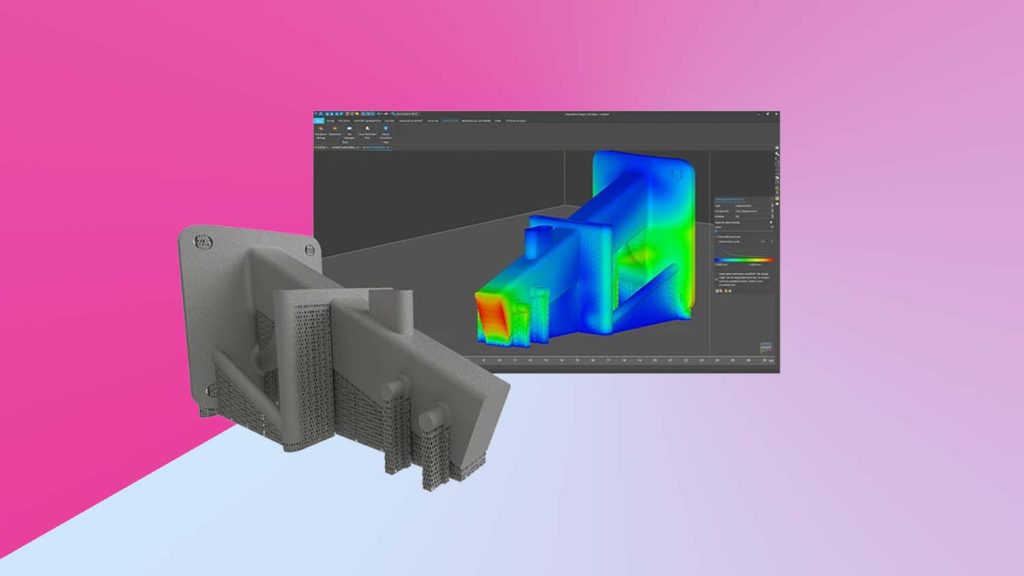Materialise Magics 28 is not only offering advanced capabilities and improved user experience in its latest release, but adding new key integrations with nTop, Ansys and EOS to bolster its position in additive manufacturing.
The latest software features a new Lattice Module that also supports beam lattices, helping users create complex designs with lighter data sets, for faster, more accurate file processing and preparation.
Another key update to Magics 28 is the enhanced Nester Module, which enables users to automatically place numerous parts on a build platform to print many parts at once and create protective packaging customised to the design of each part. This allows users to efficiently optimise part distribution, reduce material usage and provide better protection for their parts with the organic sinter box.
The Magics 28 user interface has also been improved based on customer feedback and now offers a dark theme option to help reduce visual strain for those working within the software platform for extended periods.
Integration of Magics with Ansys’ simulation software for laser powder bed fusion (LPBF) metal 3D printing should let users detect weak spots in designs and supports before printing begins. The opportunity to mitigate issues ahead of the printing process improves build success rates, reduces scrap, and saves valuable time and materials.
“Materialise remains at the forefront of the 3D printing industry by actively addressing user needs and introducing innovative technology and features that solve their pain points,” said Egwin Bovyn, Magics product line manager at Materialise.
“With this new version of Magics, we are empowering users with faster file preparation for complex designs and enabling more efficient printing of multiple parts in a single build.”
Materialise and nTop have announced a collaboration to accelerate the design-to-manufacturing process, enabling the production of complex parts designed with nTop Core’s implicit modelling API with Materialise’s Magics 3D Print Suite and NxG Build Processor for the exchange of implicit design files between design and manufacturing teams, eliminating the need for meshing and other intermediate steps.
nTop’s modelling kernel and file format reduce the size of traditional CAD files, allowing high-performance designs to be natively processed by Materialise’s Magics for efficient build preparation and slicing.
Materialise says that this collaboration tackles the challenges of processing and manufacturing larger, more intricate parts by simplifying file transfers and reducing system crashes, creating faster, more reliable design-to-manufacture workflows.
The latest collaboration with EOS is based around reducing inspection costs for metal 3D-printed parts in the aviation and medical industries. Materialise will integrate multiple EOS process data sources, including optical tomography (OT) and powder bed camera data, with the AI analytics and correlation capabilities of the Materialise Quality & Process Control (QPC) system. This solution enables the extensive inspection of AM process data to detect anomalies, eliminating the costly quality review of parts post-manufacturing.
As a member of the EOS Developer Network (EDN), Materialise has access to the different open APIs, which provide data generated during the build process.
“As additive manufacturing evolves towards new applications and serial production, Materialise is dedicated to enhancing our offerings and forging collaborations that best serve the needs of our users and customers,” said Bryan Crutchfield, VP and GM, Materialise North America. “Our efforts aim to advance the industry by tackling challenges in quality and workflow efficiency.”






